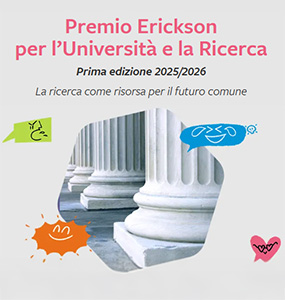Educational Aids, New Technologies and Inclusion
Giacomo Guaraldi, Marco Nenzioni
The University of Modena and Reggio Emilia, given the increase in students with disabilities and with Specific Learning Disorders (SLDs), has invested heavily in inclusive educational technologies, thus promoting the learning of students with special educational needs. The technological aids adopted are used for the provision of innovative teaching methods based on inclusion and cooperative study.
UniMORE was among the first to introduce the use of Interactive Multimedia Whiteboards (IWBs) within it to favour inclusion at university of people with disabilities and with SLDs. Today, in addition to IWBs, it achieves this goal by recording most lessons on the degree courses, thus allowing disabled people, unable to attend such courses, to acquire the skills necessary to obtain the highest academic qualification. The results obtained are the following:
improvement in the performance of teachers and students;
- improvement in the quality of perceived teaching;
- inclusion of students with special educational needs;
- sharing of materials produced in alternative formats with teachers and students;
- possibility to remotely share, through the Modular Object-Oriented Dynamic Learning Environment (MOODLE) platform, the lessons taught by teaching staff.
Keywords
Inclusion, Specific Learning Disorders, Educational Technologies, Universal Design for Learning, Accessibility.


